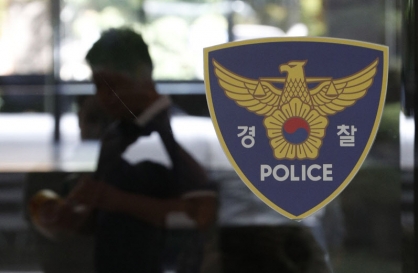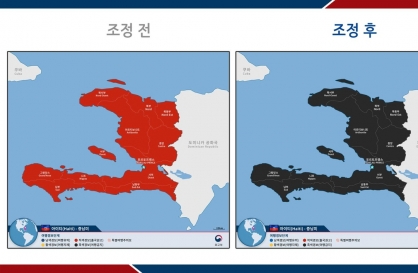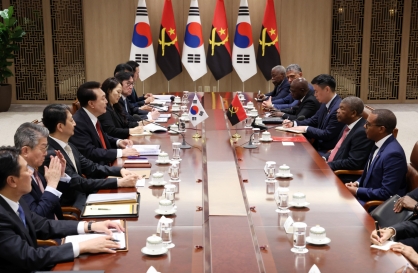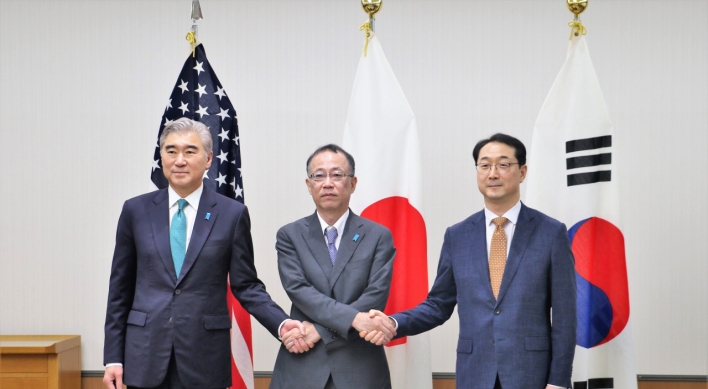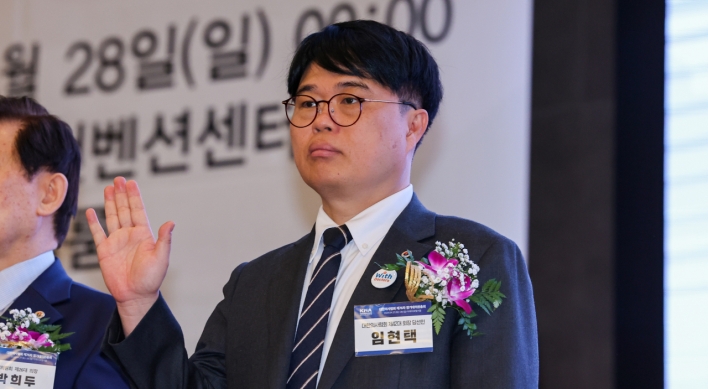BOK freezes rate, forecasts fading inflation
Central bank cuts growth outlook to 1.6 percent from 1.7 percent
By Im Eun-byelPublished : Feb. 23, 2023 - 15:35
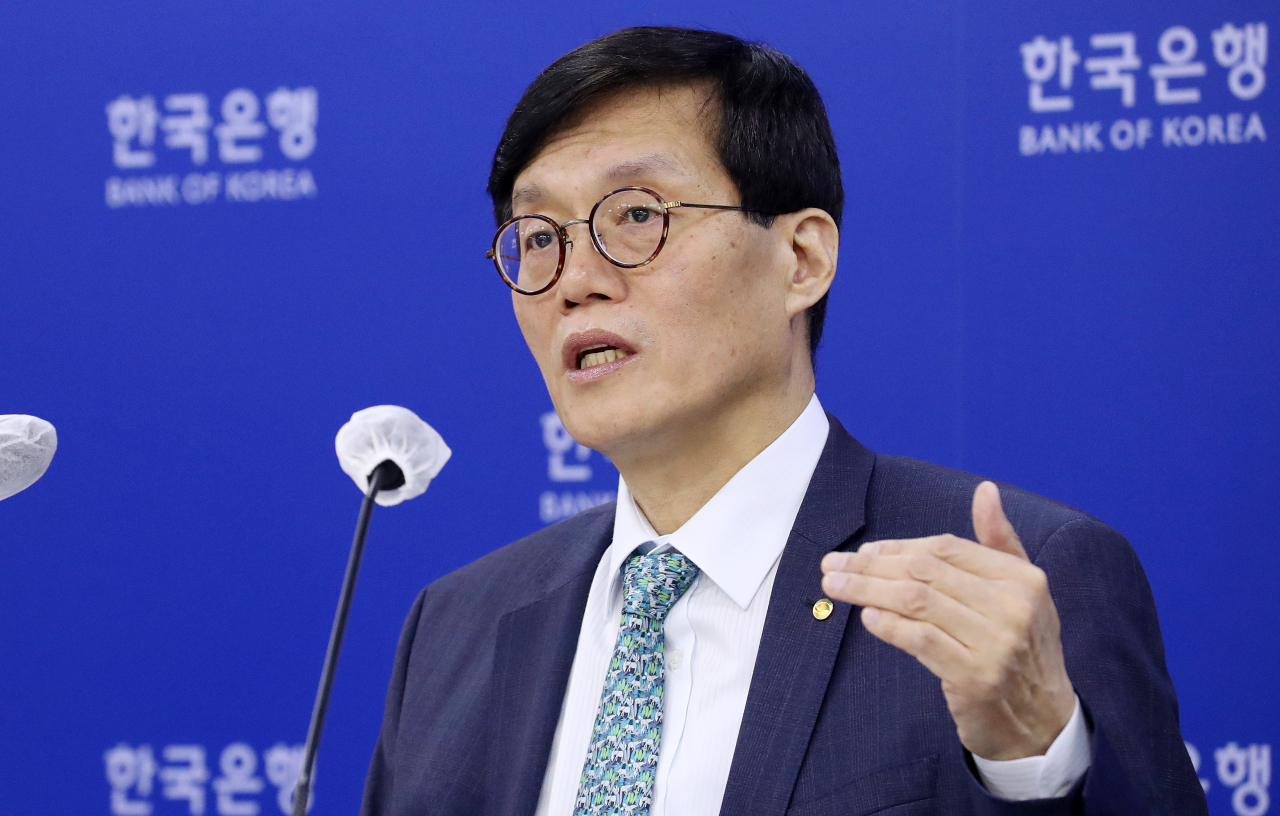
The Bank of Korea left the key interest rate unchanged at 3.5 percent Thursday on expectations that inflation has peaked. It, however, stressed the freeze does not signal an end of its rate hike stance.
The central bank began a series of rate hikes in August 2021 to tamp down soaring prices amid the pandemic recovery. Over the past 1 1/2 years, it has raised the base rate by 300 basis points to 3.5 percent.
However, projecting that inflation has passed its peak and will slowly tail off throughout the year, the Bank of Korea decided to keep its benchmark rate unchanged. It is the first freeze to come in a year since February 2022.
BOK Gov. Rhee Chang-yong stressed the decision was based on fading inflation at a press conference held after a rate-setting meeting.
"Today’s decision should not be interpreted as an end of the hike cycle," he said, reinforcing the bank’s hawkish outlook.
The central bank newly projected the consumer price index rate will fall to 3.5 percent this year, slightly lower than the previous projection of 3.6 percent.
"Financial stability is important, too. But (the rate freeze) decision was more based on the inflation. As we are on the path of disinflation, it is time to keep a watch on its effects," Rhee said.
According to the bank, the rate will fall to the 4 percent range in March with stabilized oil prices, and eventually to the early 3 percent range by the end of this year.
Still, the figure remains well above the 2 percent target set by the central bank, making it difficult for the BOK to drop its tight monetary policy stance.
Reflecting concerns of a slow economy, it slightly pulled down the outlook for the economic growth rate of Korea from the previous 1.7 percent to 1.6 percent.
Another concern for the BOK is the US Federal Reserve maintaining its equally hawkish stance. The minutes of the Federal Open Market Committee meeting held earlier this month showed most members agreed to further raise the federal fund rate.
The market expects "a couple more rate hikes" to come as mentioned by Fed Chair Jerome Powell in the first half of 2023, which currently stands at 4.5 to 4.75 percent.
If the Fed goes for a rate hike at its next rate-setting meeting slated for March 21-22, the gap between the Korea’s key rate and that of US will widen. The widened gap could lead to an outflow of foreign capital and weakened currency, resulting in higher import prices and inflation.
The rate gap has remained in the early 1 percent range except for the previous 1.5 percentage point record set in 2000.
With mounting concerns, the Korean currency, which had been relatively stable for months, has weakened over the past few days, breaching the 1,300 won to the dollar bar on Friday as the Fed has hinted it would maintain its aggressive fiscal policy. It closed at 1,297.1 won on Thursday.
“There is no certain level of the appropriate gap between the interest rate of the two countries,” Rhee said, adding the assesment would not be a “mechanical” one.
Further leaving room for an additional raise, Rhee said five of the six Monetary Policy Board members agreed the terminal rate should stand at 3.75 percent.
Despite Rhee’s warnings, the market assessed that the BOK has put its rate hike cycle to an end.
Kang Seung-won, a researcher at NH Investment & Securities, said BOK is not likely to extend its rate hike cycle to defend the won.
“The trade deficit challenge still exists, but it is assessed that international factors (related to currency) have been eased,” Kang said, assessing that the BOK will go for a rate fall in the fourth quarter.
Lim Jae-kyun, an analyst from KB Securities, agreed that the possibility of a further rate increase is "low."
“Seeing the won-dollar currency drop by 10 won during the press briefing, the currency volatility seems to be less than that of the fourth quarter,” Lim said.
The next rate-setting meeting is slated to take place on April 11.








